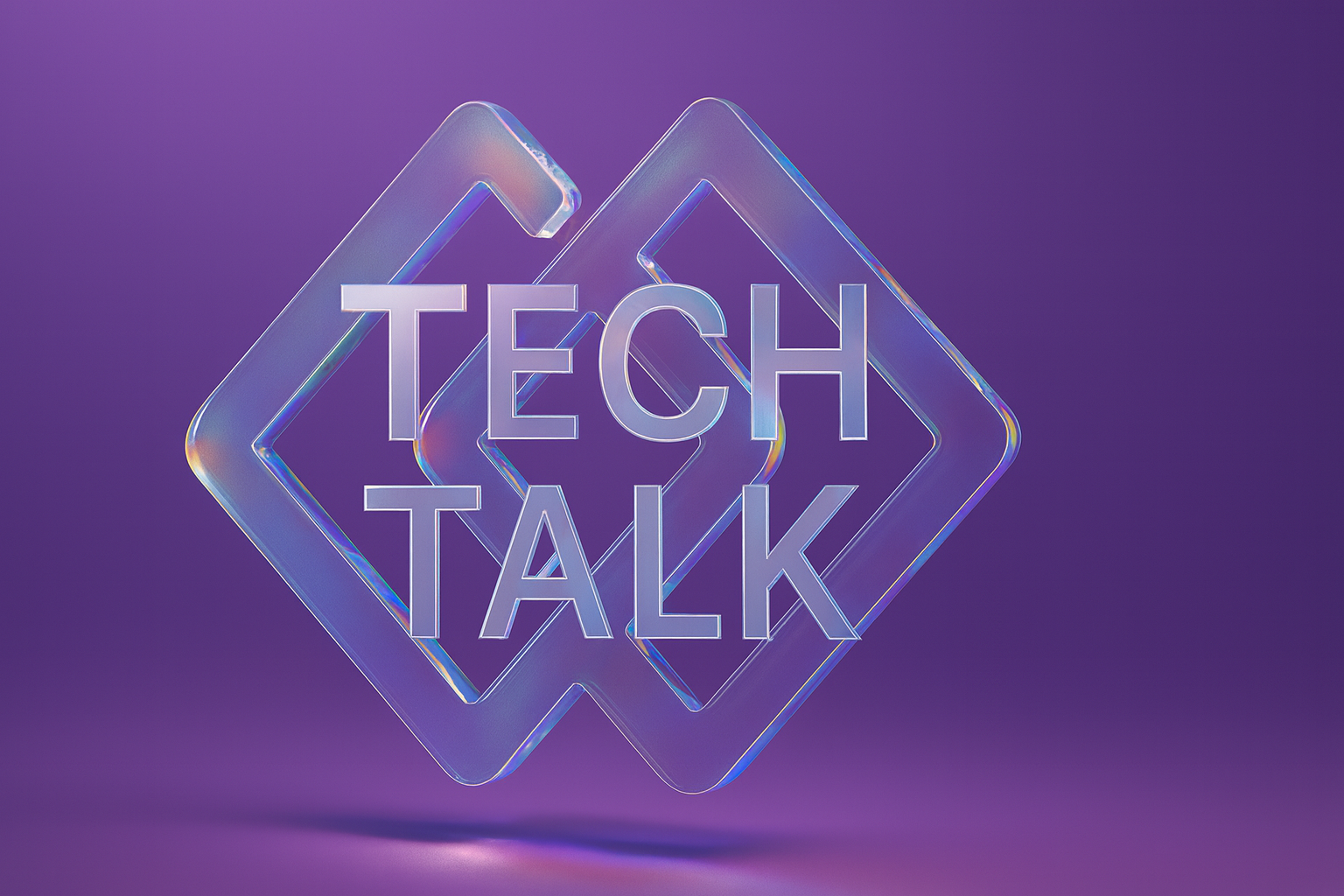AI is no longer just a bonus in software development. It’s quickly becoming the standard.
According to GoodFirms research, 69.2% of software developers say their clients now expect AI-powered solutions. Businesses want smarter, more efficient software that leverages automation, machine learning, and intelligent features to improve decision-making and user experience through various AI applications.
But AI isn’t just transforming the products we build—it’s reshaping how we build them.
From the first idea to final deployment, AI enhances every stage of the software development lifecycle. It speeds up coding, improves accuracy, and helps teams bring high-quality products to market faster.
In this article, we’ll break down the biggest benefits of integrating AI into your development process—and how it can elevate the way you build software.
The Evolution of AI in Software Development
Software development has evolved in incredible ways over the years. Tasks that once took hours of manual work, like coding, testing, and debugging, can now be handled by intelligent systems. This not only cuts down on human error but also allows developers to focus more on creative and strategic problem-solving.
AI has shifted the development process from being code-heavy and manual to a much more automated and efficient workflow. Initially, AI in development focused on basic automation, but recent breakthroughs in machine learning, natural language processing, and neural networks have changed the game. These advancements have made it possible for developers to build, test, and deploy software more quickly and accurately than ever before.
Today, AI-powered tools are helping with everything from code generation and bug detection to predictive analytics, making AI tools indispensable in modern development. AI generated code can assist in generating code snippets, optimizing existing code, and freeing developers from repetitive tasks, although human oversight is necessary to ensure quality. AI-driven DevOps is automating deployments and optimizing performance, while generative AI is creating prototypes and enhancing UI/UX design.
As the demand for smarter, more adaptive applications grows, AI’s role in software development will continue to expand, shaping the future of intelligent, self-learning software systems.
Why AI’s Benefits Matter for Every Stakeholder
AI is reshaping software development, making processes more efficient, reducing costs, and driving innovation. For stakeholders, understanding its impact isn’t optional—it’s essential for staying competitive.
Developers can use AI-powered tools to speed up coding, debugging, and testing, giving them more time to focus on solving complex problems. Investors and decision-makers gain an edge by leveraging AI for predictive analytics, automation, and improved user experiences.
As AI becomes a core part of modern software development, those who embrace it will unlock new opportunities. Those who don’t risk falling behind in an industry that’s evolving faster than ever.
#1: AI Automates Repetitive Tasks in Software Development
AI takes over the boring, time-consuming software development tasks so developers can focus on designing and solving problems. This not only boosts productivity but also makes work more enjoyable.
AI-powered tools can handle things like:
- Code reviews
- Bug detection
- Testing
In CI/CD pipelines, AI speeds up builds and deployments while reducing errors. With AI-driven testing tools like Katalon, teams get continuous feedback, allowing them to automatically generate test cases, fix issues quickly, and keep moving forward.
How This Boosts Productivity and Morale
AI-powered tools like GitHub Copilot assist developers by automating repetitive coding tasks such as writing boilerplate code, generating function templates, and suggesting syntax corrections.
For example, instead of manually writing unit tests, AI can generate test cases automatically, allowing developers to focus on designing better features rather than spending hours on routine testing.
This boosts productivity by significantly reducing the time spent on mundane coding tasks, leading to faster project completion. It also improves morale by freeing human developers from tedious work, letting them focus on creative problem-solving and innovation rather than repetitive debugging or code refactoring.
#2: AI Powered Tools Streamline Development Workflows
Continuous Integration (CI) means developers frequently merge their code changes into a shared repository, often several times a day. Continuous Deployment (CD) automates releasing that code to production as soon as it’s ready.
Together, CI/CD shortens development cycles, improves release quality, and helps teams adapt quickly to market changes, thereby enhancing the overall software development process.
How AI Enhances CI/CD Pipelines
AI makes every part of the CI/CD pipeline better. It can:
- Predict integration conflicts
- Automate code merges
- Prioritize tests
- Detect potential failures before they happen
This reduces manual work and speeds up each deployment phase. Developers get faster, more accurate feedback, allowing them to focus on important code improvements and user-centric features.
Companies like Microsoft use AI to find bugs early, helping them reduce release times. Google uses AI to predict failures and evaluate test cases, giving teams insights to release more stable features faster. These examples show how AI turns CI/CD from a routine task into a proactive process.
#3: AI Enhances Code Quality in Software Development
AI-powered tools significantly improve code quality by catching errors in real-time and suggesting efficient solutions, making AI tools indispensable for maintaining lean and consistent projects.
AI generated code can assist in generating code snippets, optimizing existing code, and freeing developers from repetitive tasks, although human oversight is necessary to ensure quality.
AI uses various techniques to analyze code, such as:
- Static Code Analysis: Finds syntax errors and security risks without running the program.
- Dynamic Analysis: Examines program behavior during execution.
- Machine Learning Models: Learn from large datasets to recommend bug fixes or performance enhancements.
- Natural Language Processing (NLP): Interprets comments and improves documentation for better logic and readability.
Benefits of Improved Code Quality
In the short term, AI's quick error detection reduces debugging time so teams can keep development momentum. In the long run, a cleaner codebase reduces technical debt, making future changes easier and less risky.
Remember, consistency and reliability—that’s what strengthesn the product's reputation and builds user trust.
#4: AI Helps Save Costs in Software Development
AI applications bring significant financial benefits by reducing costs associated with manual tasks and decreasing the need for large testing teams.
Manual testing can be time-consuming and error-prone.
AI-driven automation can simultaneously run tests across different platforms, browsers, and devices. This rapid and thorough coverage reduces labor costs and speeds up release cycles.
Companies that adopt AI-driven testing often see big reductions in operational costs. Moving human testers from repetitive tasks to strategic projects boosts overall productivity. AI testing can scale with organizational growth without major infrastructure changes.
#5: Better Decision-Making with AI and Real-Time Data Analysis
AI enhances decision-making in software development by analyzing real-time data to provide insights into performance, user behavior, and system efficiency. AI-driven analytics tools can predict software failures, optimize resource allocation, and suggest improvements based on historical data.
For example, AI in APM (Application Performance Monitoring) tools like New Relic or Dynatrace detect anomalies in real-time, helping developers resolve issues before they impact users. This leads to faster, data-backed decisions, reducing downtime and improving software quality.
Companies can confidently adjust their strategies by spotting real-time market changes or performance issues. Leveraging AI analytics, data from user interactions, sales figures, and operational metrics provides immediate insights. This helps in deciding which features to prioritize and where to allocate resources.
#6: AI Promotes Personalization in Software Development
AI-driven personalization enhances user experience by dynamically adapting software to individual preferences and behaviors. Machine learning models analyze user interactions, such as browsing patterns, feature usage, and engagement history, to tailor real-time content, UI elements, and functionality. This ensures that users receive a customized experience without manually adjusting settings.
By predicting user needs, AI can streamline workflows, automate repetitive actions, and optimize software performance based on usage patterns. This not only improves efficiency but also increases user satisfaction and retention. Businesses benefit from higher engagement, while developers can design software that feels more intuitive and responsive to different user groups.
How Personalization Increases User Satisfaction
AI-driven personalization turns ordinary interactions into special experiences. Quick access to relevant items, timely suggestions, or mood-matching content enhances loyalty. As AI continues to refine recommendations, the experience evolves with the user, encouraging them to keep coming back. This dynamic approach gives products a competitive advantage.
#7: Detects and Prevents Security Vulnerabilities
AI enhances software security by detecting and preventing vulnerabilities through real-time monitoring, anomaly detection, and automated threat analysis. Machine learning models analyze patterns in code, system behavior, and network activity to identify potential security risks, such as SQL injection, cross-site scripting (XSS), or unauthorized access attempts.
For example, AI-powered security tools like Darktrace and Microsoft Defender use behavioral analysis to detect unusual activity that may indicate a cyberattack. If an AI system notices abnormal login attempts from different locations quickly, it can flag the activity, block access, and alert security teams before a data breach occurs. This proactive approach helps developers and organizations prevent security threats before they cause damage.
The Next Era of Software Development Starts with AI
A strong CI/CD pipeline keeps feedback loops tight and deployments fast, forming the foundation of high-quality software engineering and shorter release cycles. AI takes this even further, automating repetitive tasks and predicting issues before they cause delays.
By integrating AI into your development process, you can streamline workflows, improve efficiency, and drive real innovation. But unlocking AI’s full potential requires more than just adopting new tools—it takes a strategic approach.
That’s where Tribe AI comes in.
Our team of AI experts helps organizations automate critical steps in testing and deployment, reducing manual oversight and delivering measurable efficiency gains. Developers working with us move faster, focus on solving complex problems, and spend less time on tedious tasks.
The future of software development belongs to teams that embrace AI. Let’s build it together. Learn more about how Tribe AI can help.



.png)









